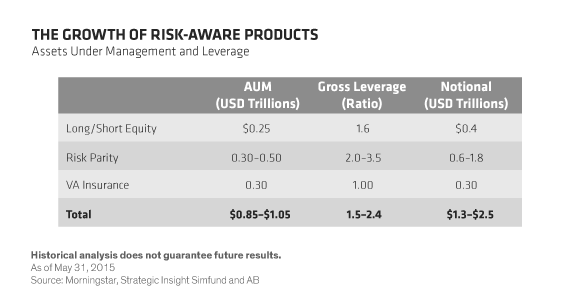Investors fear that new banking regulations are drying up bond market liquidity. But this overlooks several market trends that are making the liquidity situation worse and that could deepen—or even trigger—the next financial crisis.
There’s no doubt that new rules requiring banks to hold more capital against losses and restricting their ability to trade for their own profit have made bond markets less liquid. US Federal Reserve data shows that dealers cut their corporate bond inventories by roughly 75% between 2007 and 2014—just as issuance nearly doubled.
The result: it’s become harder to trade large blocks of bonds quickly and easily without significantly moving the price—and not just in the corporate bond market. Turnover in the massive US Treasury market has declined since the financial crisis even as the market nearly tripled in size to $12.6 trillion.
But because they affect the supply of liquidity, regulations are only part of the story. Several other trends have drastically increased the potential demand for liquidity. All of them have driven investors around the world to behave in the same way at the same time. That distorts asset prices and suggests investors may find that their asset isn’t liquid when they most need it to be. If a fire starts in today’s arid market conditions, each of the following trends may act as an accelerant.
Don’t Follow the Crowd
The first of these—and the easiest to understand—has to do with crowding in credit. We’re not talking about overconcentration in a single security, but in a single, flavor-of-the-month sector—it could be anything from US high yield to emerging markets to leveraged bank loans.
This is a direct result of central banks’ easy money policies: by driving interest rates to record lows, these policies pushed investors into riskier assets to earn a decent return. By charging into the same trades, investors have caused prices to trend strongly in one direction, leaving the market vulnerable to a sudden correction.
Big Investors Reduce Risk
A less obvious trend involves the behavior of large investors such as pension funds, insurance companies and high-net-worth individuals. Scarred by the losses suffered in 2008, many have embraced risk-management strategies that require them to sell when volatility rises above a predetermined threshold.
This might make sense for an individual investor. But when everyone does it at the same time, it can cause liquidity to dry up. We estimate there’s about $300 billion invested in risk-aware insurance products and anywhere from $600 billion to $1.8 trillion in risk parity funds, which target a specific risk level and spread it equally among risky assets such as stocks, credit and commodities and safe ones such as government bonds (Display).

Risk Parity is of particular concern because these funds buy bonds on leverage to equalize the risk contribution of bonds and stocks. That means a bond market sell-off could force declines in equities and other assets as managers rush to meet margin calls.
Forced selling—much of it attributed to risk parity and other types of value-at-risk strategies—played a significant role in the 2013 “taper tantrum.”
Currency Hedging in Credit
Another source of liquidity demand could come from the many global investors who have chased higher returns in global credit markets. Most of these flows are hedged back into investors’ home currencies. For instance, a European investor in the US high-yield market who wanted to protect himself against a dollar decline might do this by entering a forward contract that allows him to sell dollars in the future at a given rate.
But what if the euro declines instead? Then, investors could be forced to sell their bonds or other assets in their portfolios to pay the insurance associated with their hedge. This matters because currency markets, like bond markets, have become less predictable in recent years. Large price swings could suddenly turn large numbers of investors into forced buyers or sellers.
There are things investors can do to help protect themselves from liquidity-driven volatility. This includes diversified allocations, staying out of crowded trades and maintaining exposure to cash and derivatives.
But to make their portfolios ready, investors and their asset managers must fully understand what’s draining liquidity from the market. With volatility likely to rise, it’s a risk investors can’t afford to ignore.
The views expressed herein do not constitute research, investment advice or trade recommendations and do not necessarily represent the views of all AB portfolio-management teams.